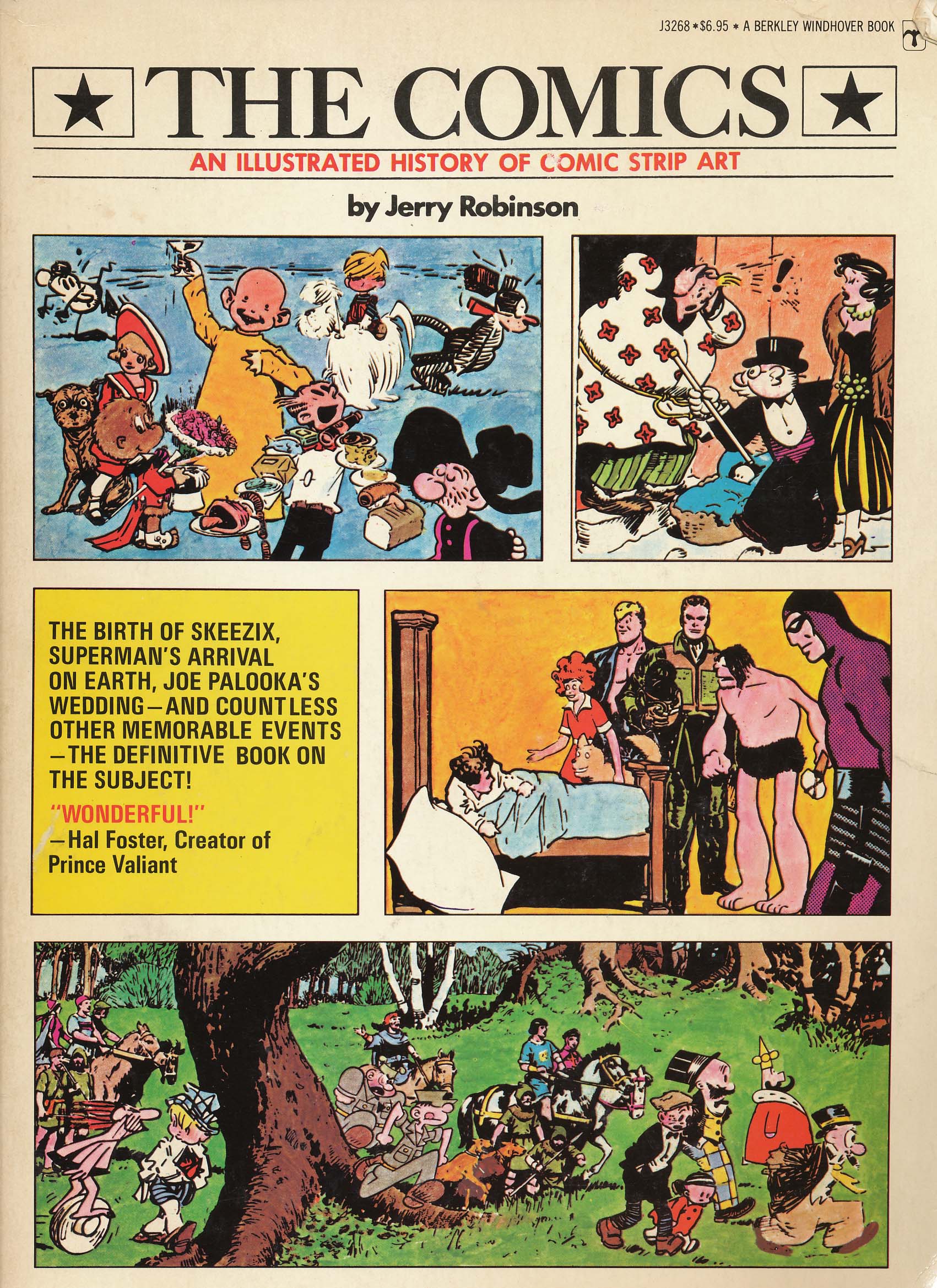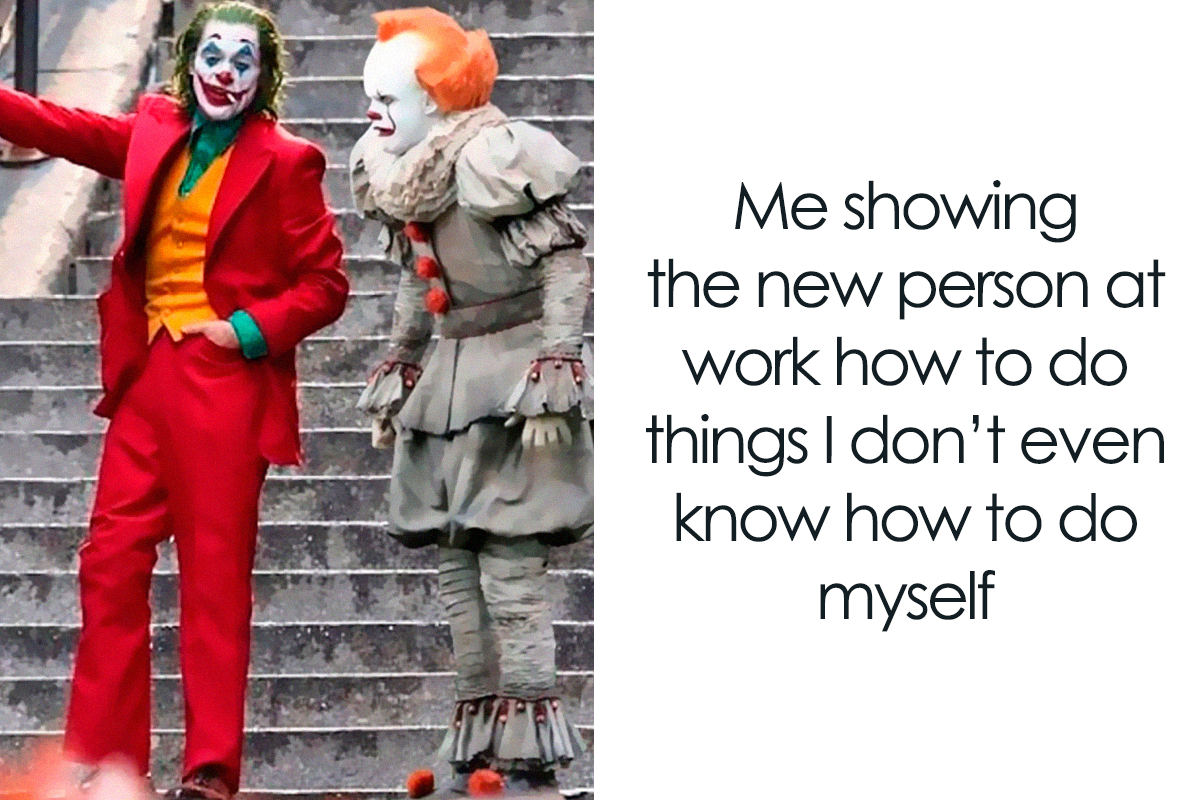
Okay, here’s a 1200-word article on comics about credit card debt. I’ve tried to make it engaging and informative, and I’ve focused on how comics can be used to explore the emotional and practical aspects of debt.
Comics and Credit Card Debt: Drawing a Line Between Reality and Financial Burden
Credit card debt is a pervasive issue in modern society, impacting individuals and families across all socioeconomic backgrounds. While financial advice often comes in the form of dry statistics and complex jargon, a growing number of artists and writers are turning to the medium of comics to explore the realities of credit card debt in a more accessible and emotionally resonant way. By combining visual storytelling with personal narratives and insightful analysis, these comics offer a unique perspective on the psychological, social, and practical challenges of navigating debt.
The Power of Visual Storytelling in Understanding Debt
Comics possess a unique ability to communicate complex information in a digestible and engaging format. The combination of images and text allows creators to break down abstract financial concepts into concrete scenarios, making them easier to understand. For example, a comic might illustrate the snowball effect of interest accruing on a balance, showing how seemingly small purchases can quickly escalate into a mountain of debt.
Beyond simply explaining the mechanics of debt, comics can also capture the emotional toll it takes on individuals. The use of visual cues like facial expressions, body language, and color palettes can effectively convey feelings of stress, anxiety, shame, and hopelessness that often accompany debt. By humanizing the experience of debt, comics can foster empathy and encourage readers to confront their own financial challenges.
Exploring Personal Narratives of Credit Card Debt
One of the most compelling aspects of comics about credit card debt is their ability to share personal stories. These narratives provide a glimpse into the lives of individuals struggling with debt, offering relatable experiences and practical advice.
- The Reality of Overspending: Many comics depict the allure of credit cards and the ease with which individuals can fall into the trap of overspending. They explore the psychological factors that drive impulsive purchases, such as the desire for instant gratification, the pressure to keep up with social trends, and the emotional comfort that shopping can provide.
- The Burden of Interest and Fees: Comics often highlight the predatory nature of credit card companies, exposing the hidden fees and high-interest rates that can quickly turn manageable debt into an overwhelming burden. They may illustrate how minimum payments barely cover the interest, leaving borrowers trapped in a cycle of debt.
- The Impact on Relationships: Credit card debt can strain relationships, leading to arguments, resentment, and even separation. Comics can depict these conflicts, showing how financial stress can affect communication, trust, and intimacy within families and partnerships.
- The Struggle for Financial Stability: Many comics focus on the challenges of escaping debt, highlighting the sacrifices and lifestyle changes that are often necessary. They may depict individuals working multiple jobs, cutting expenses, and seeking financial counseling in their efforts to regain control of their finances.
Examples of Comics Addressing Credit Card Debt
While there isn’t a massive library dedicated solely to credit card debt, several comics and graphic novels touch upon the subject, often as part of a larger narrative about financial struggles. Here are some examples and how they approach the topic:
- Fun Home by Alison Bechdel: While not exclusively about credit card debt, Bechdel’s graphic memoir explores themes of financial instability and its impact on family dynamics. The family’s financial struggles are subtly woven into the narrative, reflecting the anxieties and pressures that often accompany debt.
- American Splendor by Harvey Pekar: Pekar’s autobiographical comics often depict the everyday struggles of working-class life, including the challenges of managing finances and dealing with debt. His raw and honest portrayal of financial realities resonates with readers who have experienced similar struggles.
- Hyperbole and a Half by Allie Brosh: While primarily a humor blog turned comic, Brosh’s work occasionally touches upon the anxieties and frustrations of managing finances, including the fear of debt. Her relatable and self-deprecating style makes the topic more approachable.
- Webcomics and Independent Creators: Many independent comic artists and webcomic creators have tackled the topic of credit card debt through personal narratives and fictional stories. These comics often offer unique perspectives and insights into the emotional and practical challenges of debt.
Using Comics as a Tool for Financial Literacy
Comics can be a valuable tool for promoting financial literacy, particularly among young people. By presenting financial concepts in an engaging and accessible format, comics can help readers develop a better understanding of credit card debt, budgeting, saving, and investing.
- Educational Comics: Some organizations and financial institutions have created educational comics that explain the basics of credit cards, interest rates, and debt management. These comics often use simple language and visual aids to make complex information easier to understand.
- Financial Literacy Programs: Comics can be incorporated into financial literacy programs for schools and community organizations. They can be used to spark discussions about financial responsibility and encourage young people to make informed decisions about their finances.
- Personal Finance Blogs and Websites: Many personal finance blogs and websites use comics and illustrations to explain financial concepts and provide practical advice. These visual aids can help readers better understand complex topics and stay engaged with the content.
The Future of Comics and Financial Education
As the demand for financial literacy resources continues to grow, comics are likely to play an increasingly important role in educating individuals about credit card debt and other financial challenges. The medium’s ability to combine visual storytelling with personal narratives makes it a powerful tool for engaging readers and promoting financial responsibility.
In the future, we can expect to see more comics that:
- Explore the intersection of debt and social issues: Comics can shed light on how systemic inequalities contribute to debt, highlighting the challenges faced by marginalized communities in accessing financial resources and escaping debt.
- Offer practical solutions for managing debt: Comics can provide readers with actionable strategies for budgeting, saving, negotiating with creditors, and seeking financial counseling.
- Promote financial empowerment: Comics can inspire readers to take control of their finances and build a secure future for themselves and their families.
Conclusion
Comics about credit card debt offer a unique and valuable perspective on the challenges of navigating the modern financial landscape. By combining visual storytelling with personal narratives and insightful analysis, these comics can help readers understand the emotional, social, and practical aspects of debt. As the demand for financial literacy resources continues to grow, comics are likely to play an increasingly important role in educating individuals about credit card debt and promoting financial responsibility. The power of the medium lies in its ability to humanize complex issues, foster empathy, and inspire action, ultimately empowering readers to take control of their finances and build a more secure future. They offer a powerful reminder that understanding and addressing credit card debt is not just a financial issue, but a human one.



